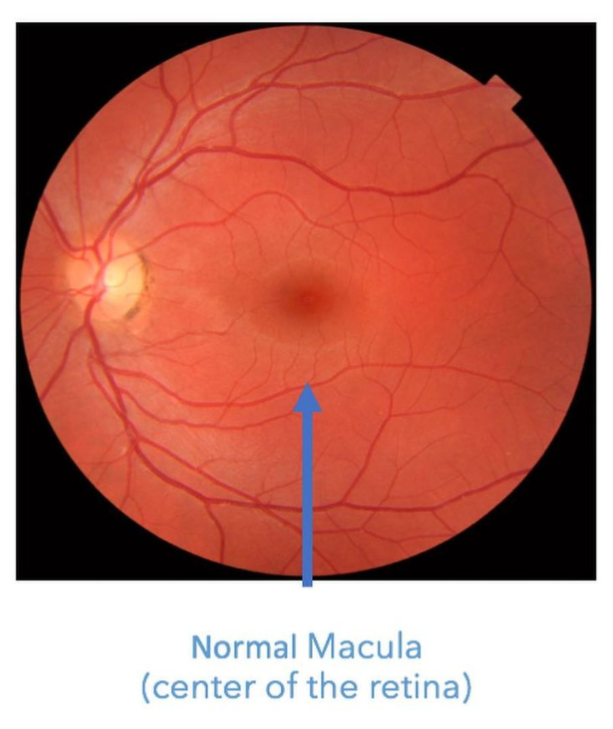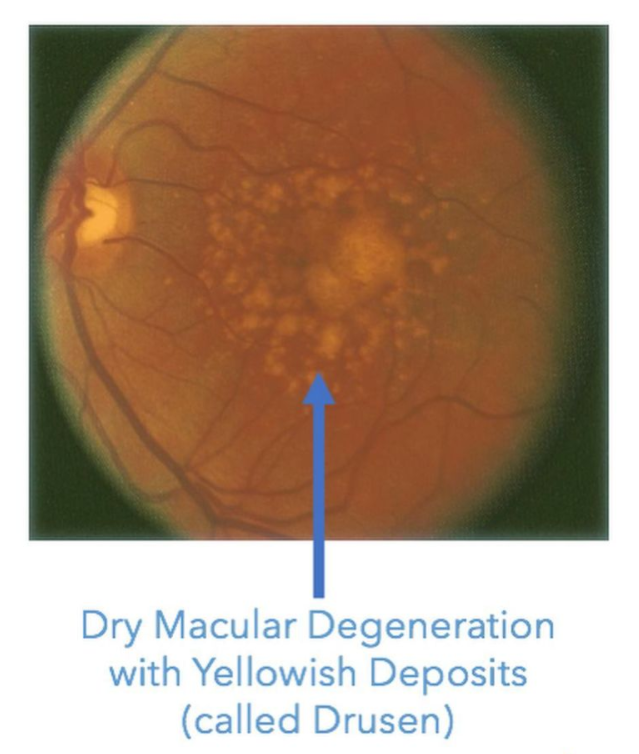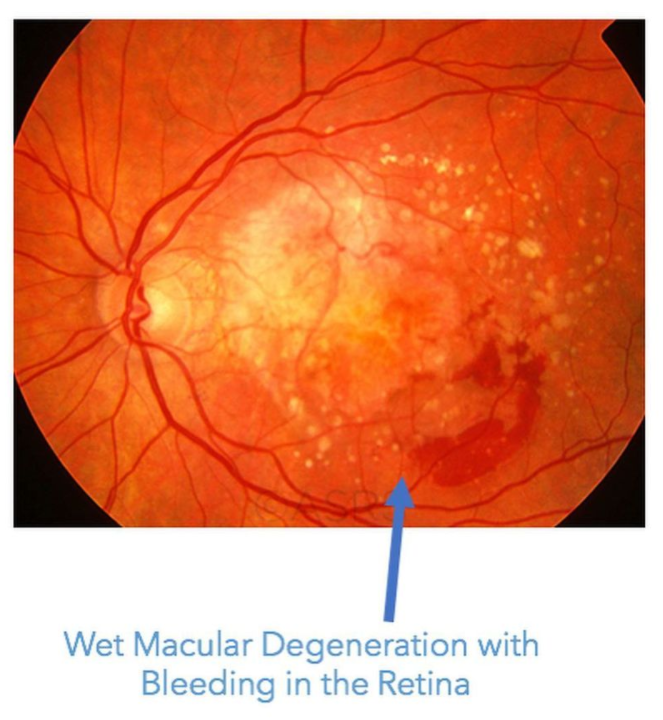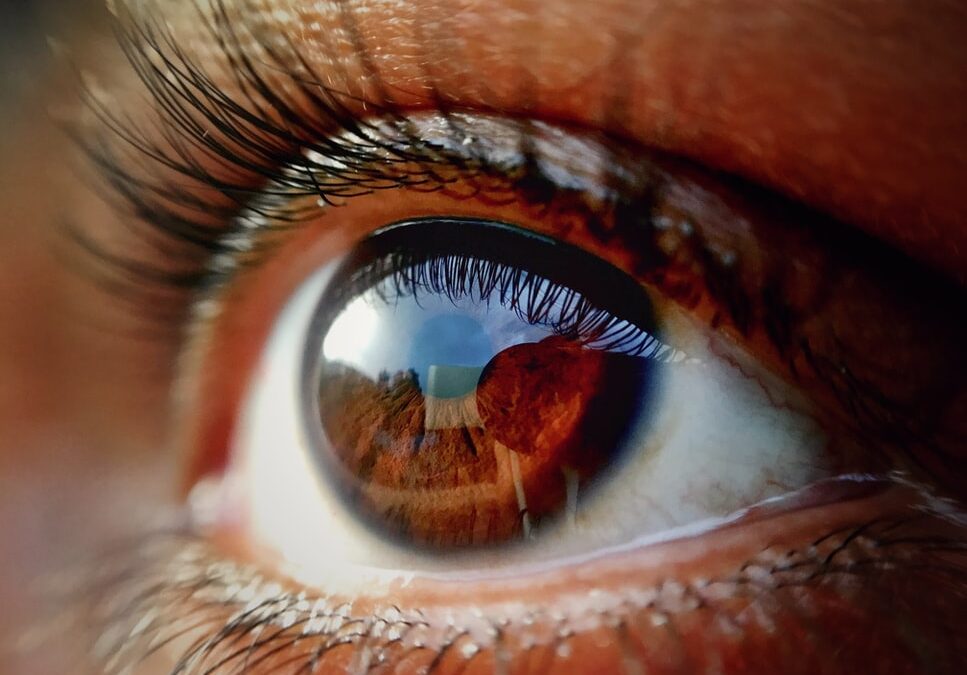You may have heard of leaky gut or leaky brain, but have you heard of leaky eye syndrome? Similar to the other syndromes caused by inflammation and increased permeability, in leaky eye syndrome, the normal blood retinal barrier breaks down.
When retinal blood vessels leak, the eye’s delicate tissues are exposed to blood products, fluid, lipids, and proteins. This leakage triggers the immune system and propagates a cycle of further inflammation. Leaky eye syndrome ultimately causes loss of vision, and in some cases, even blindness.
Macular degeneration is the prototypical leaky eye syndrome. Let me explain.
Macular degeneration, also known as age-related macular degeneration or AMD, is a leading cause of blindness in the world. It tends to affect individuals over the age of 65.
In AMD, a region in the back of the eye called the macula goes through degenerative changes. The macula is at the center of your retina, the light-sensing tissue of the eye. The macula is responsible for your central vision. People with advanced stages of AMD have selective loss of central vision and may not be able to read, use a device, drive, or see faces.

There are two types of AMD – dry and wet.
In the dry form, waste products begin to deposit underneath the macula. The waste products, called drusen, look like small whitish-yellow pebbles. Drusen are the result of oxidative stress and impaired mitochondrial energy production. Over time, accumulated drusen interfere with the function of normal retinal cells and can result in loss of your vision.

In the wet form of AMD, these drusen waste products collect and trigger a chain of events leading to the release of pro-inflammatory chemicals and growth factors. These chemicals stimulate the formation of blood vessels underneath the retina. Unfortunately, these blood vessels are not normal. They are fragile and leak blood, fluid, lipids, and proteins, thus causing wet AMD, or leaky eye syndrome.

Can AMD and its associated vision loss be prevented? The answer is YES!
Remember the adage, an ounce of prevention is worth a pound of cure? This couldn’t be more true than in the case of AMD.
Once the changes of AMD have begun in the macula and vision loss sets in, it may be too late. You must be proactive about preventing the changes in AMD from developing in the first place.
However, there is no magic pill for AMD. The cornerstone of prevention is to address the 3 root causes of the disease – oxidative stress, mitochondrial dysfunction, and inflammation. And the best way you can address these 3 root causes is through key nutrients, lifestyle choices, and supplements.
To find out more about how to protect against AMD and leaky eye syndrome, be sure to register for my free webinar called “The Macular Degeneration Masterclass”.
In this webinar, you will learn the key strategies to protect and preserve your precious eyesight from this devastating disease using scientific, evidence-based strategies.
In this webinar, I will first share information about the key nutrients to safeguard your retina from AMD and foods richest in these nutrients.
Next, I will help you identify the key lifestyle factors that impact your risk for AMD and how you can make eye-healthy choices.
Finally, I will help you choose the best eye health supplement to restore your macular pigment and provide the essential nutrients needed to protect your vision.
Macular degeneration often robs people not only of their eyesight, but also their lives. However, it does not, and should not, have to be that way. Take the first steps to protect and preserve your vision by joining me in the Macular Degeneration Masterclass.
Register by clicking the link below:



